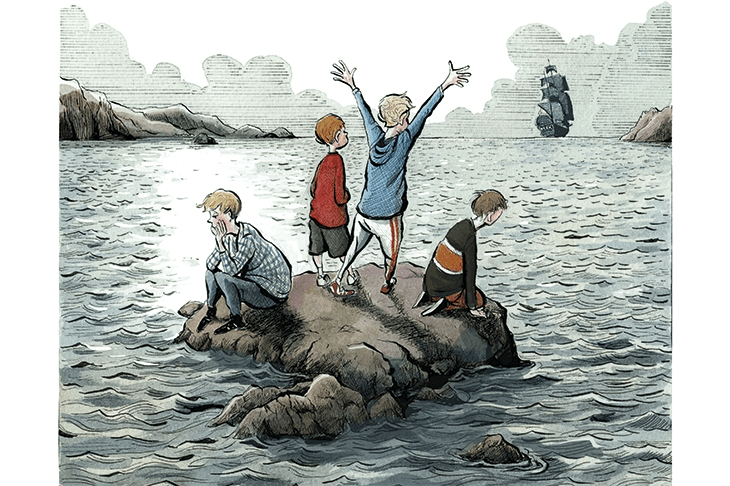Horatio Nelson passed his examination for lieutenant on 9 April 1777 (possibly with a little help from his uncle, who was one third of the examining panel). He was then just 18 and a half years old, and yet he already had six years of naval experience. The man who was to become England’s greatest fighting sailor had served in the West Indies and the Arctic, and had spent two years on the India station, at a time when sea voyages to India could take as much as six months each way. He had seen combat, albeit a brief and insignificant skirmish, and had recently recovered from a serious bout of malaria. All this before he reached the point at which most modern youngsters leave school. His was not an especially unusual trajectory for the time. It was common for boys to go to sea around the start of their teens and to have obtained an officer’s commission by their early twenties.

Get Britain's best politics newsletters
Register to get The Spectator's insight and opinion straight to your inbox. You can then read two free articles each week.
Already a subscriber? Log in






Comments
Join the debate for just £1 a month
Be part of the conversation with other Spectator readers by getting your first three months for £3.
UNLOCK ACCESS Just £1 a monthAlready a subscriber? Log in